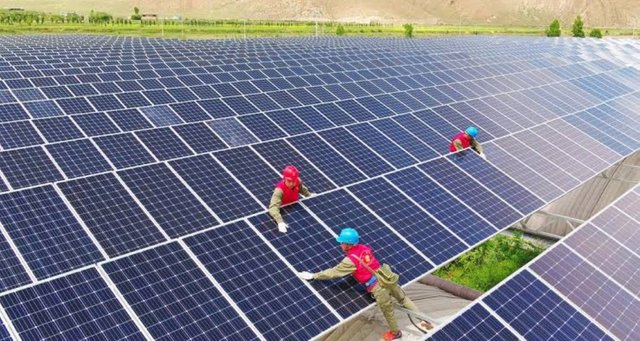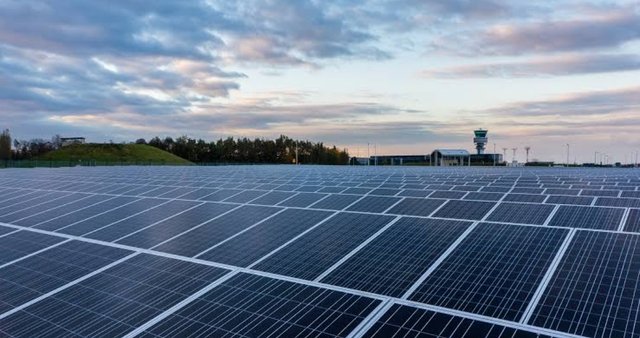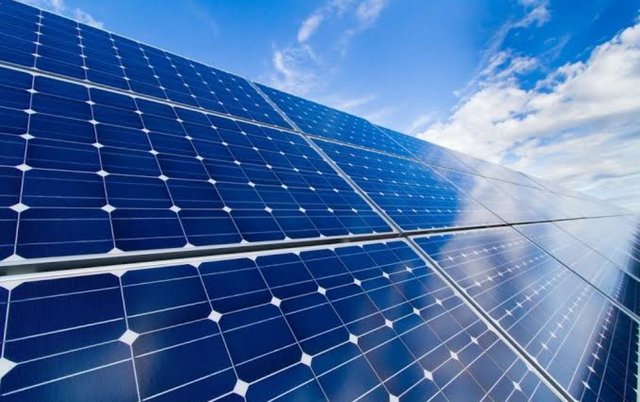
Cheap, flexible solar panels receive our devices on the ground.
There are 10 low power alerts on your phone or helpful reminders to plug in the red battery on your tablet. But when you are in the jungle it is a sign of trouble, all the shops in the waiting area of the airport are taken away. , Or you forgot your charger. Having a lightweight, affordable portable solar panel that makes it easy to recharge all these batteries is now a viable alternative, thanks to NASA.
"We have a lot of small business partners who are looking at not only advanced cell technology but also low cost," said Mike Pizzzor, head of the photovoltaic and electrochemical systems branch at NASA's Glenn Research Center in Cleveland. Are also maintained. " "For space applications, a typical cell that is about 1.5 inches by 3 inches is $ 400 that is 500, and that's because they go through flight capabilities in addition to the manufacturing process used. It saves in the long run, because despite this extremely expensive cell technology, it is so efficient that it saves on system costs.

Pizzcore says the value of these cells is stable. The traditional space's focus on performance and high reliability means that the technology has little to no concessions or price change. Therefore, the agency is creating these incentives to benefit the space program and consumers.
Most solar cells classified for use in space have about 30% conversion efficiency, meaning that one-third of the sunlight coming into the cell is converted into electrical energy. Commercial solar cells are typically 15 to 20% efficient. Maximum efficiency, as much as the solar cell area will require.
This frees up space and saves the weight of other important items.

The companies that make these cells are developing a new way to grow highly efficient ultra-metamorphic multi-connection (IMM) solar cells. These cells, which use layers of multiple semiconductor conductors to maximize the solar spectrum, grow on the surface of gallium arsenide - or substrate on. The process of reusing the substrate may eventually result in less expensive but more flexible and lighter solar cells (see Cosmetic Neighbor).
A low-cost, lightweight, flexible, space-capable solar cell will make it more likely for NASA to achieve its goal of developing solar arrays capable of generating hundreds of kilowatts. Currently, about 30 kWh of sunlight can be produced in every solar energy equipment on the space station.